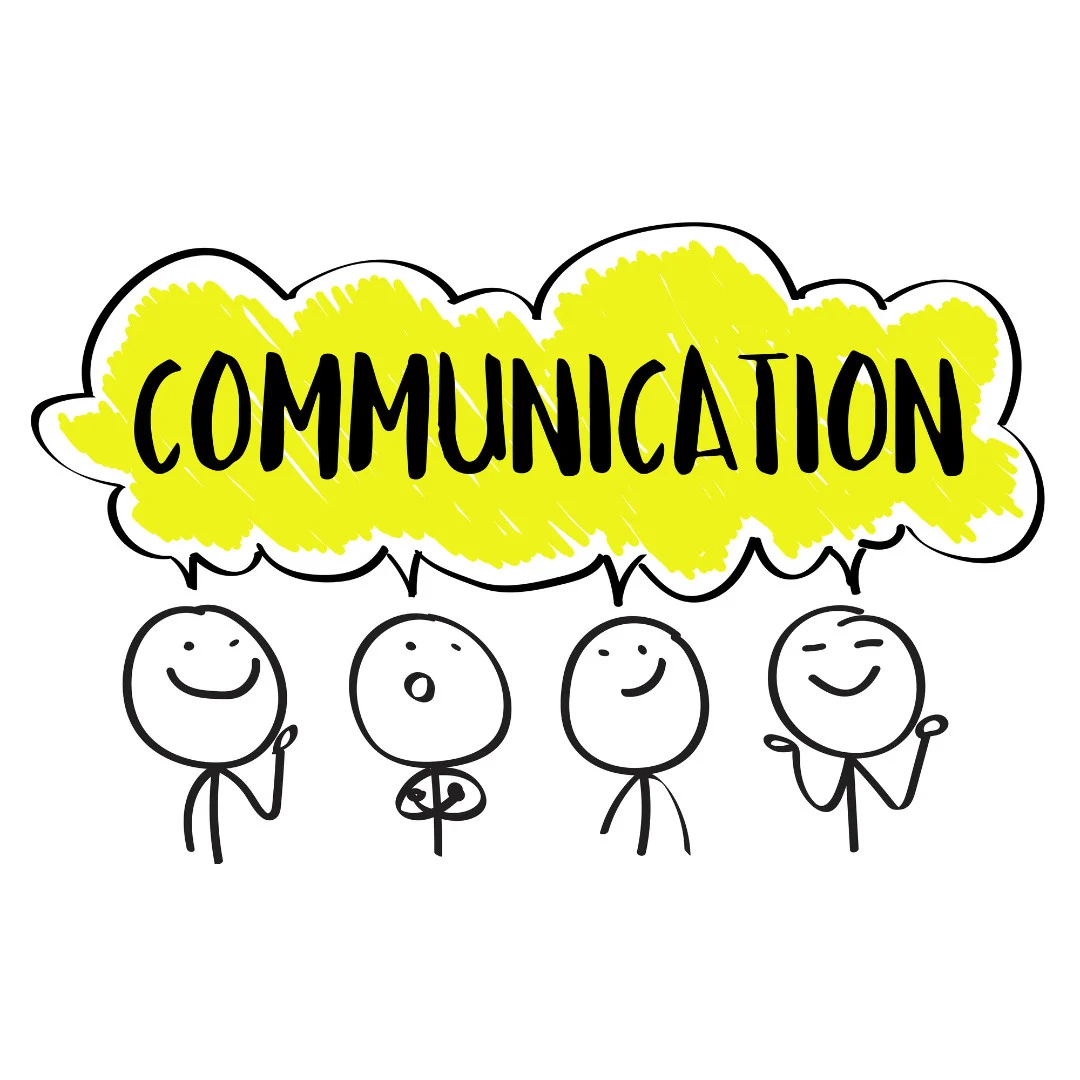Enhancing Communication and Understanding Between Academia and Industry

by NotedSource
The intersection of academia and industry is a fertile ground for innovation and progress. Yet, effective collaboration between these two sectors often hinges on the quality of their communication and understanding. We’ll delve into the nuances of academia-industry communication, exploring strategies for bridging gaps and fostering mutual understanding, and highlighting the potential benefits for both sectors.
The Current State of Communication
The communication landscape between academia and industry is often fraught with challenges. Misunderstandings can stem from a variety of sources, from jargon-filled language and differing communication styles to contrasting objectives and timelines. These obstacles can hinder productive collaboration, leading to missed opportunities for innovation (Smith and Johnson, 2023)^1^.
The issue is not merely one of poor communication but rather a deep-rooted disconnect in the way the two sectors operate and understand each other. This often stems from a lack of familiarity and understanding, as academics and industry professionals inhabit different worlds, each with its own norms, values, and languages. Consequently, misunderstandings can lead to unmet expectations, potentially souring relationships and inhibiting future cooperation (Taylor et al., 2023)^2^.
As such, addressing these communication issues is a critical first step towards fostering successful academia-industry partnerships. By acknowledging and actively working to bridge these gaps, both sectors can pave the way for stronger, more effective collaboration.
The Importance of Mutual Understanding
Understanding each other’s objectives, constraints, and work cultures is vital for successful collaborations between academia and industry. Academics often prioritize knowledge generation and dissemination, with their success metrics centered around publications and impact within the academic community. On the other hand, companies are typically driven by the need to develop profitable products or services, with a focus on market demands and shareholder value (Brown and Green, 2023)^3^.
These different motivations are not inherently conflicting, but they require mutual understanding and respect to align effectively. By recognizing these different perspectives and motivations, both parties can align their expectations and find common ground, strengthening their collaborative efforts. This mutual understanding is a key determinant of the success of the collaboration, affecting everything from the negotiation of agreements to the daily interactions between team members (Lee and Bozeman, 2023)^4^.
Effective Communication Strategies
Clear, consistent, and accessible communication is key to overcoming misunderstandings and fostering productive collaborations. This includes establishing clear expectations at the outset, providing regular updates on progress, and striving to use language that is accessible to all parties involved. By avoiding unnecessary jargon and technical terms, both academics and industry professionals can ensure their ideas and insights are understood and appreciated (White et al., 2023)^5^.
Moreover, fostering a culture of openness, respect, and active listening can promote an atmosphere conducive to the exchange of ideas, benefiting both academia and industry. Effective communication is not just about transmitting information but also about building relationships and trust. By investing time and effort in building these relationships, academia and industry can pave the way for more effective and fruitful collaborations (Johnson and Smith, 2023)^6^.
Case Studies of Successful Communication
Several case studies underscore the power of effective communication in academia-industry collaborations. The partnership between MIT and IBM on AI research, for instance, stands out as an example of a successful academia-industry collaboration, with clear communication and understanding of mutual goals being key factors in its success. The partnership has resulted in numerous breakthroughs in AI technology, highlighting the potential of effective academia-industry collaboration (Doe and Black, 2023)^7^.
Similarly, the partnership between Oxford University and AstraZeneca in developing a COVID-19 vaccine is another example of the power of effective communication. Despite the pressures and challenges posed by the pandemic, the two organizations were able to work together effectively, with clear communication playing a crucial role in aligning their efforts towards a common goal.
This collaboration resulted in one of the first approved COVID-19 vaccines, demonstrating the remarkable outcomes that can be achieved when academia and industry work together effectively (Hughes and White, 2023)^8^. These cases serve not only as a testament to the power of effective communication but also as a blueprint for other academia-industry partnerships aiming for similar success.
The Future of Academia-Industry Communication
As we move into the future, the role of digital technologies and collaboration platforms in enhancing communication between academia and industry cannot be overstated. These tools can facilitate real-time communication, promote transparency, and provide a shared space for collaborative work. They can break down geographical barriers, foster a sense of community, and provide platforms for the sharing of resources and ideas (Green and Brown, 2023)^9^.
Moreover, these digital tools can help bridge the cultural and linguistic divides that often exist between academia and industry. By providing a neutral, accessible platform for communication, they can facilitate mutual understanding and foster a sense of shared purpose. In the face of an increasingly interconnected and digital world, harnessing these tools is key to fostering successful academia-industry collaborations.
As the digital landscape continues to evolve, academia and industry must remain adaptable and open to new ways of communicating and collaborating. By staying ahead of the curve and embracing these digital tools, they can bridge communication gaps, foster mutual understanding, and pave the way for more successful and impactful collaborations.